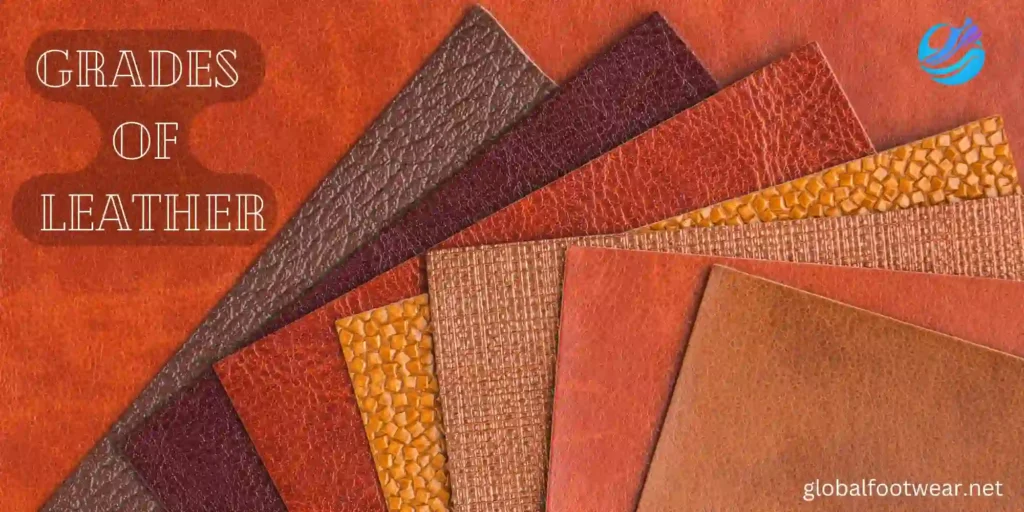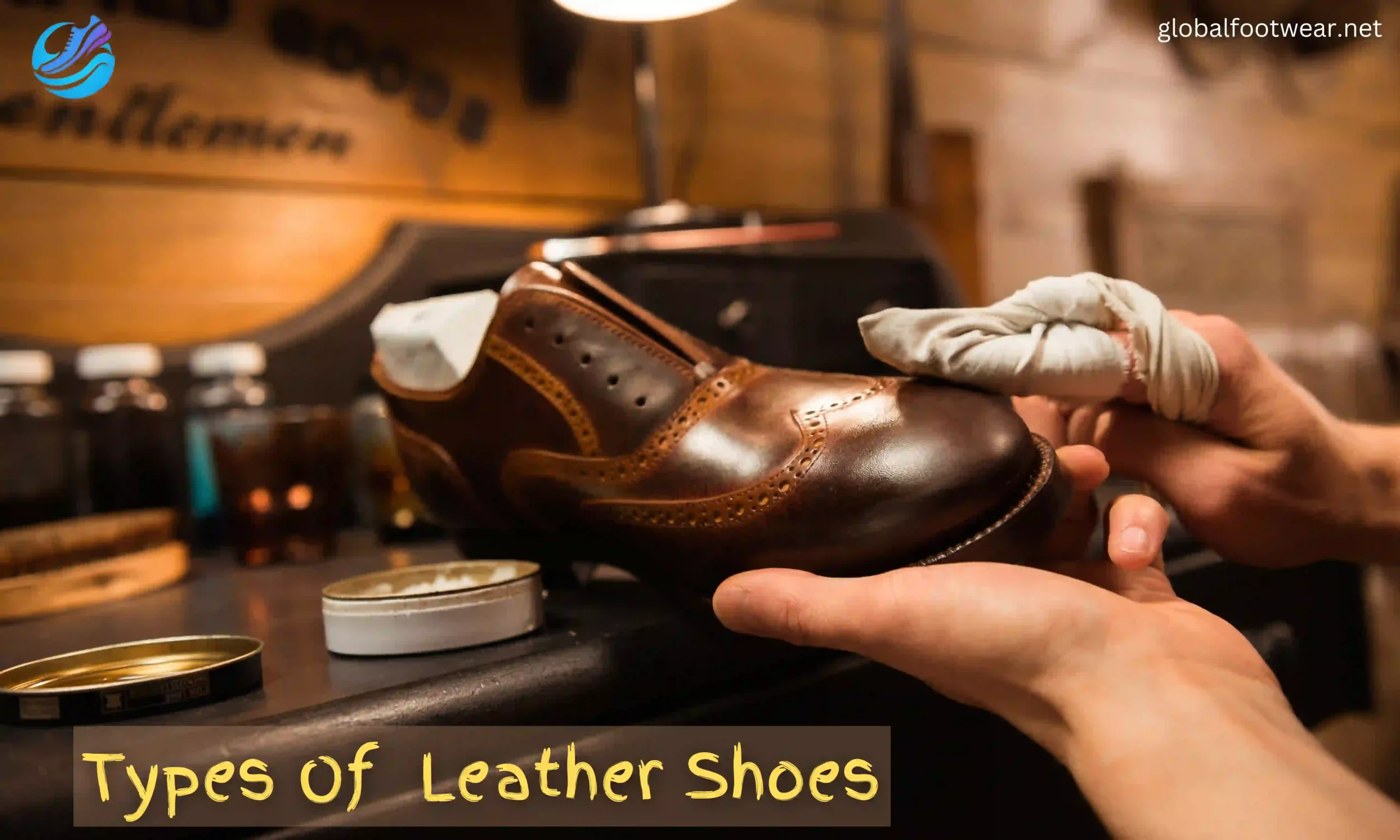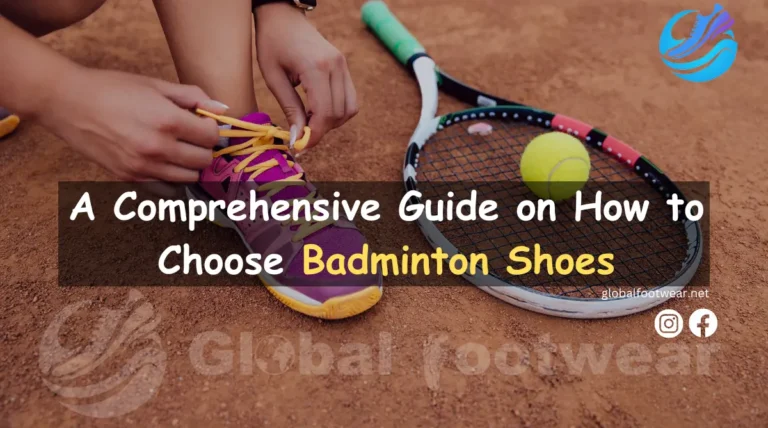Leather is truly fascinating. Every pore and scratch on the material carries a story of the animal’s life. Throughout history, humans have utilized leather for purposes, with shoemaking being one of the standard applications. Interestingly, different animals produce leathers with qualities resulting in a range different types of leather shoes. This diversity can sometimes be confusing for people.
However, you’re in luck! This article will provide you with information about the encountered ” Types of Leather shoes ” including some more exotic variations. It is going to be quite comprehensive, so grab a cup of coffee and use the table of contents to navigate through this captivating world of leatherworking.
WHY SHOULD YOU CARE?
Now, why should you care about all this? Well, apart from the shoe construction itself, one crucial aspect is the selection and quality of leather used. Leather is derived from animal hides. Possesses characteristics. Each type undergoes stages to achieve its form. Some leathers are perfect for use and resistant to scuffs, while others are more delicate and suitable for occasions. Similarly, soft leather shoes like Suede are not water-friendly. Make choices for casual or summer footwear.
Having an understanding of the qualities of types of shoe leather can significantly improve your ability to make informed and precise decisions in the future. Moreover, you’ll gain knowledge and insights along the journey!
THE OLDEST LEATHER SHOES
Our hands and feet play a role in maintaining our body temperature. They also tend to lose heat quickly. It became crucial to cover these areas for warmth and safety. The ancient shoe was unearthed during an excavation in Armenia around 2010. It resembled a modern-day women’s US size seven shoe. It was made from a cowhide piece with leather cords serving as laces. If you want details, you can check out the National Geographic article on this find.
Since then, shoes have undoubtedly gone through changes. Certain styles have become timeless classics. Just take a look at Chelsea Boots or Monk Straps, for instance. However, despite these variations in design, the essential style of shoes has remained relatively consistent over time. In my opinion, there isn’t much difference between an Oxford shoe from a century ago to today’s versions.
Nevertheless, in our era of consumerism and fast fashion trends, the quality of mainstream footwear has significantly declined. That’s why we advocate for educating people about investing in high-quality shoes that will not last long but also maintain their appearance for many years to come.
GRADES OF LEATHER
There are grades or variations of leather, like with many other things in life. The quality of leather can also be influenced by the area it comes from. Let’s save that discussion for another time. Generally, the best quality leather shoes is obtained from parts of the animal that are not frequently exposed to damage. These usually include the back. On the other hand, the worst quality leather typically comes from areas like the head, legs, or belly that are more prone to imperfections and stretch marks.

Now, let me give you an overview of the commonly encountered grades of leather so you won’t be easily fooled anymore.
Up is Full Grain Leather, which is considered to be of quality and sits at the top tier. This refers to the part of an animal’s hide located below its hair. The term “Full” indicates that it has not been buffed or sanded down during a process used to remove any imperfections or marks. The tight and porous nature of this type of leather prevents moisture retention. It also makes it thicker.
Apart from thickness considerations, only specific parts of an animal hide are suitable for producing grain leather. This limited availability contributes to its price tag. It makes it more challenging for leather workers to work with.
However, full-grain leather is a material that acquires a patina over time and can endure for many years if it is well-maintained.
- TOP GRAIN LEATHER
Top Grain Leather is similar to grain leather, with a slight modification. It undergoes a process of light sanding, which removes a millimeter from the layer and eliminates any imperfections.
While it still maintains most of the characteristics of grain leather, it is thinner, less durable, and more uniform in appearance. Some may consider it a downgraded version that lacks the character” found in the former. However, it does offer a finish. Has better stain resistance. On the downside, it lacks breathability. It needs to develop the patina better.
The primary issue with grain leather is its durability. Due to its nature, it may not be the material for products like bags and shoes – items that we expect to withstand wear and tear over time.
- CORRECTED GRAIN/GENUINE LEATHER
At times, many leather products are labeled as “Genuine” which can be misleading when trying to assess their quality. In reality, this term often refers to leftover portions after using the layers for types of leather. The definition itself could be more precise. It serves as a buzzword targeting consumers. Essentially, any animal hide can produce leather items that are advertised as “Genuine.” This creates confusion since Full Grain Leather also falls under this category; however, there would be no need to market it as such explicitly.
Furthermore, to make matters worse, the shoe undergoes a sanding process. It is coated with a created texture. This creates an appearance by applying stains and dyes. It is a production method commonly used for shoes found in affordable stores nearby.
- BONDED LEATHER
If the corrected grain is considered, the quality of bonded leather can be seen as worse. It’s not even leather; it’s a byproduct made from leftover scraps. These scraps are shredded, combined with a fiber sheet, and then sprayed with adhesives and polyurethane. The result is a concoction of quality that will only last for a while. Oh. It also has the smell of army food.
Bonded leather is a mixture of leather and primarily plastic, making it an abomination in the world of leather.
DIFFERENT TYPES OF LEATHER SHOES – FROM COMMON TO EXOTIC
The type of leather used for shoes is calfskin. However, there has been an increase in the popularity of using horsehide, goatskin, and exotic animal skins. Let’s take a look at each one! Remember to refill your coffee mug!

1. CALFSKIN
Calfskin is the used material for crafting high-quality men’s leather shoes. As its name suggests, it comes from the skin of calves that are typically older than three months (usually between 6 and 12 months). Another term for calfskin is “vellum,” which originates from Latin. American calves have some differences from their European counterparts.
The hide of the latter is usually twice as large and of quality because of breeding practices and utilization.
2. COWHIDE
When it comes to calf and cowhide, there aren’t any differences. Both types of leather shoes come from the animal. Cowhide is sourced from older cattle as a byproduct of the meat industry. It serves as a benchmark for comparing kinds of leather shoes.
To be specific, cowhide is around 1.6 to 2.5 millimeters) but undergoes similar tanning processes as calfskin. Its thickness, added strength, and fibrous nature make it an ideal material for work leather boots or leather shoes that endure use.
3. PIGSKIN
Now we’re onto something! While not commonly used in shoemaking, pigskin is a type of leather with various applications. It’s often employed in high-end gloves. You guessed it, football!
Pigskin typically originates from peccaries, a species belonging to the pig family. These creatures are primarily found in South America, with Peru being particularly famous for its peccary hides. It’s important to note that peccaries are animals and are not reared on farms. As a result, hunting regulations overseen by CITES cover their hides along with others.
4. SUEDE
A year ago, I never expected to develop such a liking for Suede. It has gradually become one of my choices for shoe leather, including sneakers.
When the hair is removed and the grain is trimmed down, we reach the split part of the hide, also known as the section. This fleshy part undergoes sanding and buffing with a nap to create a thin texture. This characteristic makes it extremely easy to work with and ideal for footwear. However, Suede tends to absorb water and stains, making it a delicate type of leather.
Most leathers referred to as Suede nowadays are split suedes. These are created by breaking the hide into two or three pieces, with one side having fibers. The “true” Suede is now known as reverse calf suede, where the entire coat has a flesh side. If treated with impregnation sprays, it becomes less vulnerable.
5. CHAMOIS
Chamois (or Shammy Leather) can be confusing when it comes to differentiating leather types. Traditionally, it was made from the skin of mountain goats, known as Rupicapra. However, nowadays, it mainly refers to the flesh part of sheepskin. Essentially suede, in words.
That’s why it should have its section rather than being included above.
Conclusion:
All in all, as per the procedure, the skin is. Polished, eliminating the texture and exposing the inner layer. It maintains a feel (though not like traditional Suede), has a thinner pile, and has an unexpected ability to absorb water.







